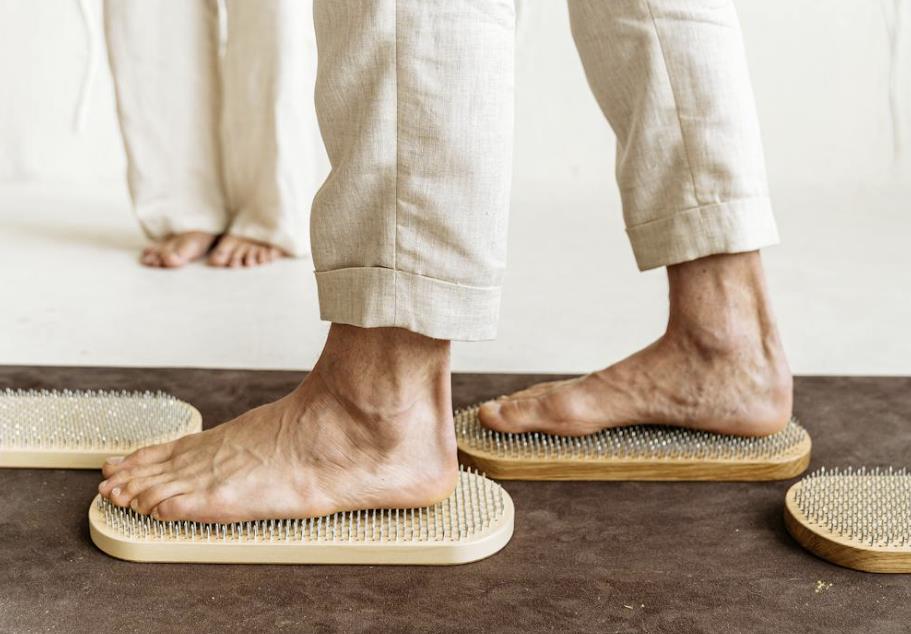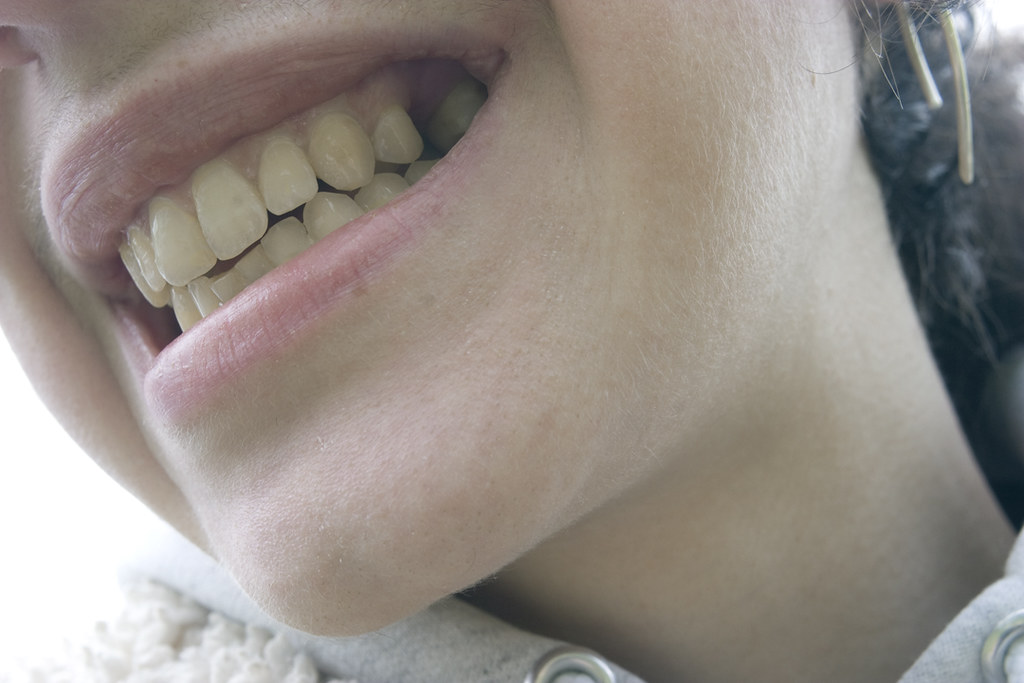Why Removing Plaque from Your Teeth?
Removing plaque from your teeth is crucial for maintaining good oral health and preventing dental problems. Oral health has been linked to overall health, with research suggesting that poor oral health may be linked to a variety of other health conditions, such as heart disease, stroke, and diabetes. By taking steps to remove plaque from your teeth and maintain good oral hygiene, you can help to prevent these problems and promote overall health and well-being.
What is Plaque?
In dentistry, plaque refers to a sticky, colorless film of bacteria that constantly forms on the teeth and gums. Plaque is formed when the bacteria in the mouth mix with saliva, food particles, and other substances to create a sticky film on the teeth. If plaque is not removed through regular brushing and flossing, it can harden into tartar, which is a hard, yellow, or brown substance that can only be removed by a dental professional.
Plaque is the primary cause of tooth decay and gum disease. When plaque remains on the teeth for an extended period, the bacteria can produce acid that erodes tooth enamel and causes cavities. Plaque can also irritate the gums, leading to inflammation and gum disease, which can ultimately result in tooth loss.







